Procurement Compliance Explained: Examples, Challenges, and Best Practices
Precoro
MAY 19, 2025
Companies often push aside procurement compliance to focus on more pressing issues. No wonder—procurement often gets tedious and burdened with time-consuming processes. However, ignoring procurement compliance is like ignoring a ticking time bomb. Scroll down to find out: What is procurement compliance?




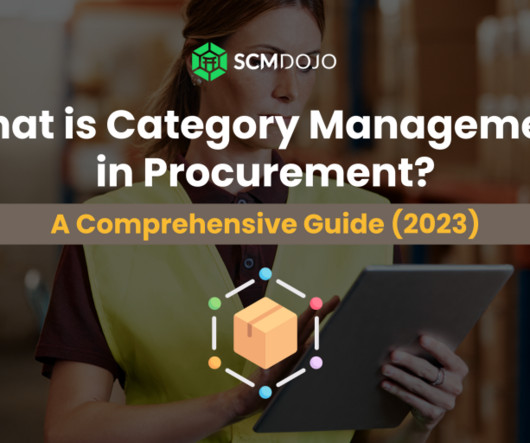





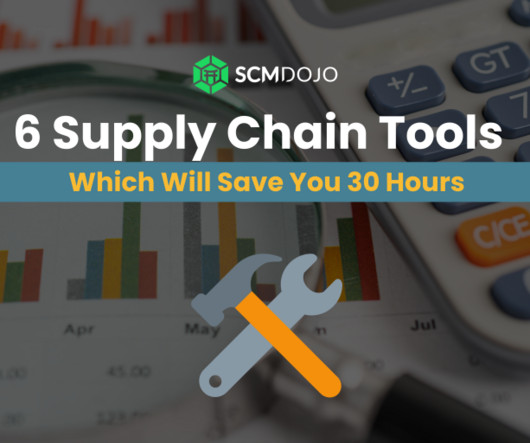

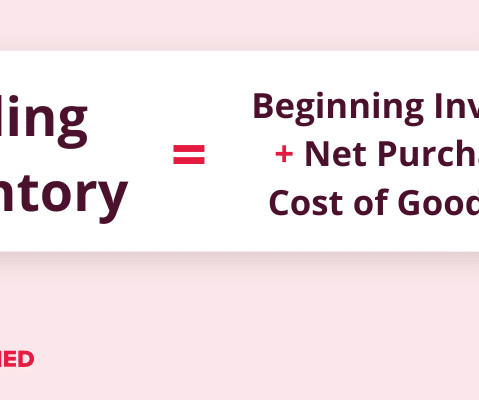
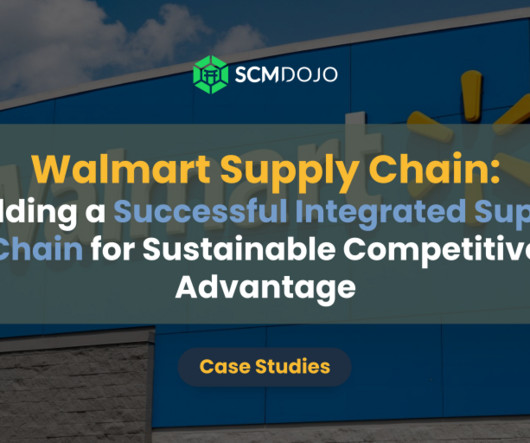
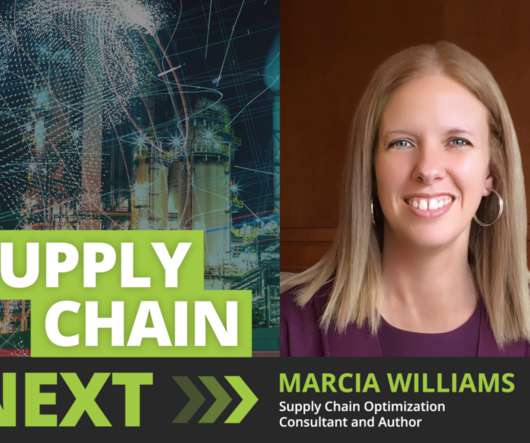
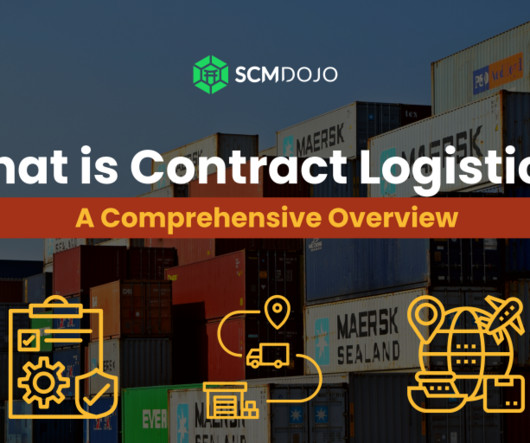











Let's personalize your content